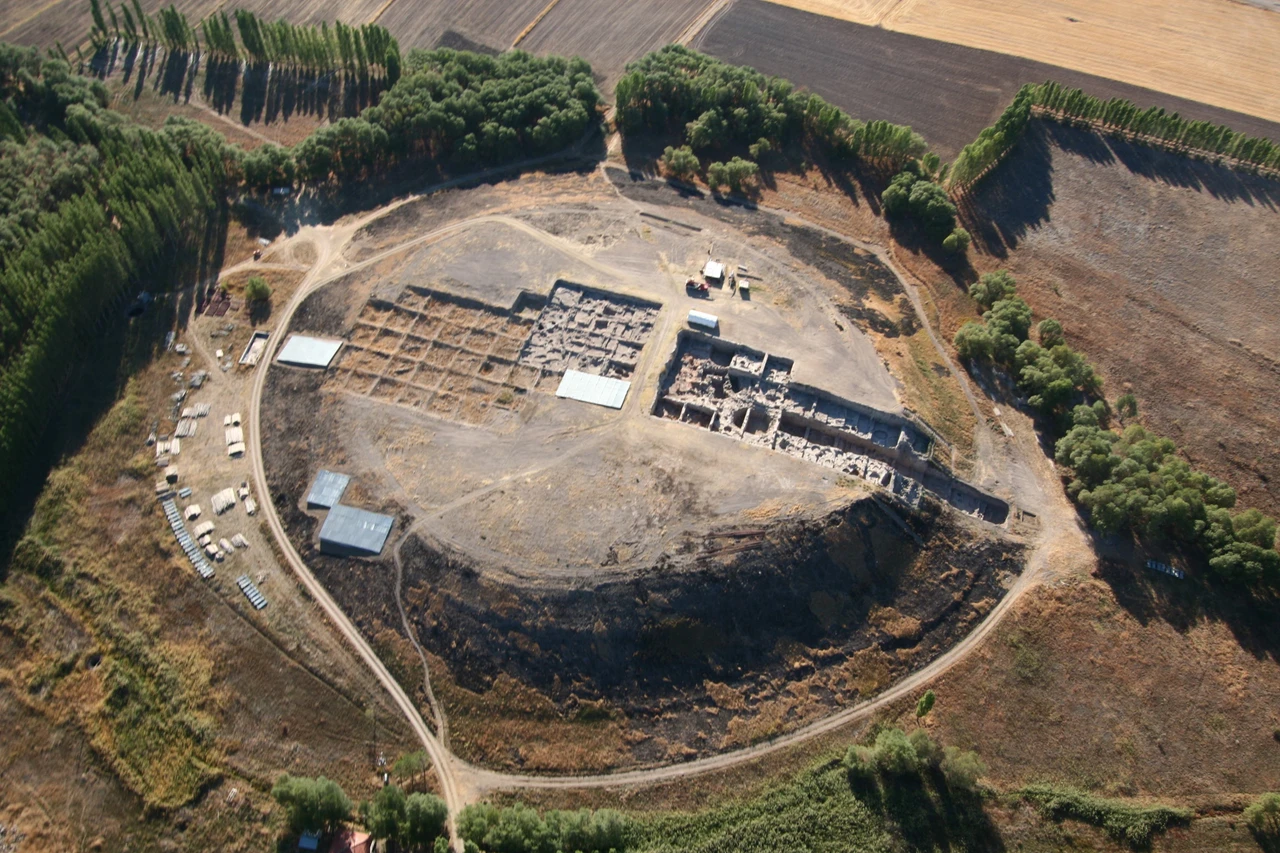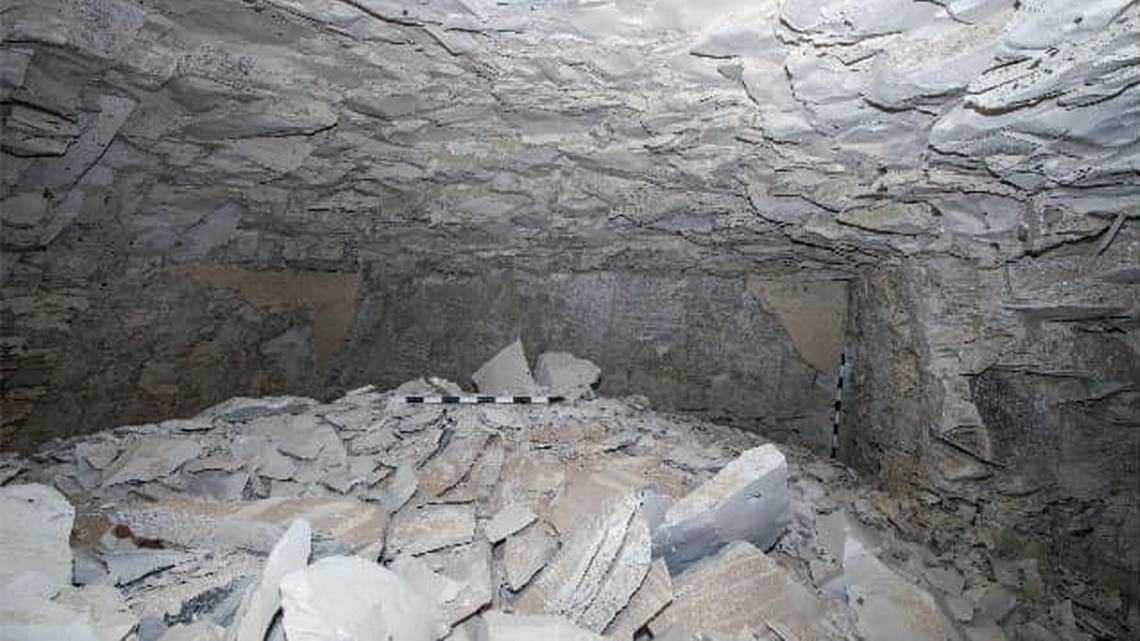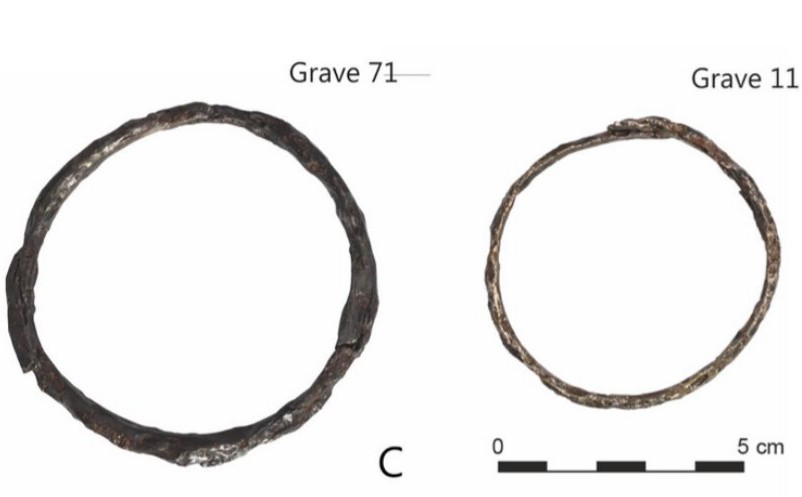Japanese archaeologists have uncovered significant evidence that could change the history of ironworking in a 4,200-year-old Bronze Age layer at the Kaman Kalehöyük excavation site in Central Anatolia. Kaman Kalehöyük is located 3 km east-northeast of Kaman District, northwest of the Kırşehir city center, and has revealed four distinct cultural layers from the Ottoman Period, Iron Age, Middle and Late Bronze Age, and Early Bronze Age.
The excavation work was initiated on May 31, 1986, by Prince Takahito Mikasa, President of the Japan Middle East Culture Center and Honorary President of the Kaman Kalehöyük Excavation Team. The excavation, led by Prof. Dr. Sachihiro Omura, continues to make important discoveries.
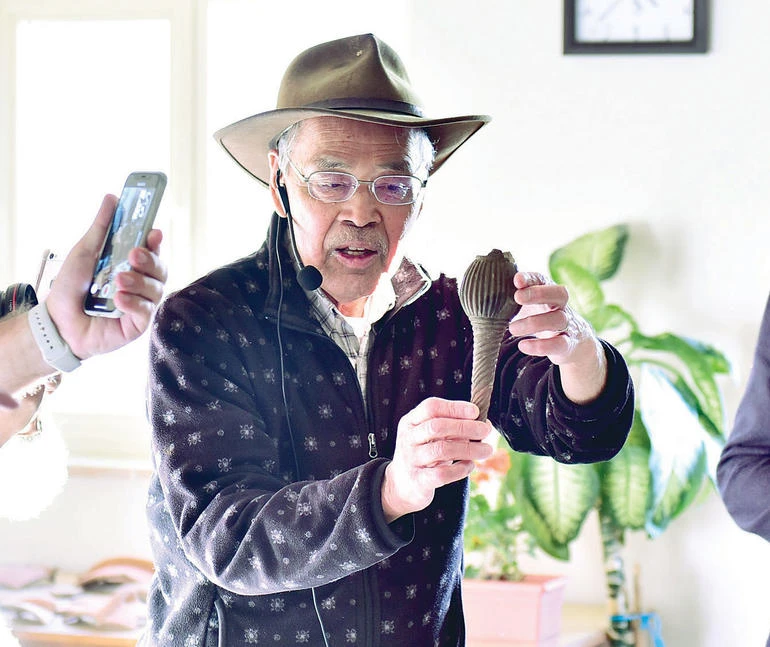
According to a report by the Japanese NHK channel, the discovery of heated iron ore in a rock layer dating back approximately 4,200 years indicates that people were attempting to produce iron using copper smelting techniques during that period. This finding offers a new perspective on the origins of iron production and has generated significant interest.
In the northern part of the excavation area, metal clusters measuring a few centimeters in size were found in a soil layer dating back around 4,200 years. Analysis under an electron microscope revealed that two of the clusters were obtained from heating iron ore, while the other was artificially produced iron.
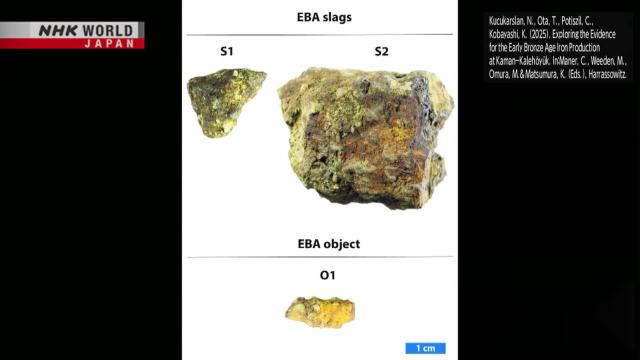
It is believed that ironworking became widespread around 3,400 years ago during the Hittite period, known as the “Iron Empire,” which developed within the borders of present-day Turkey. However, the research team emphasizes that this discovery shows that people were attempting to produce iron much earlier, during the Bronze Age, using copper smelting techniques.
Additionally, around ten furnace remnants were found in the same layer. Researchers plan to investigate whether these furnaces were used for iron production. Dr. Omura stated, “Attempts to produce iron began about 1,000 years before the Hittites, and it appears they were trying to produce iron using copper and bronze production technology.”
The results of the excavation are expected to be presented on March 9 at the Tokyo National Museum. This discovery is regarded as a significant turning point in the history of ironworking.
